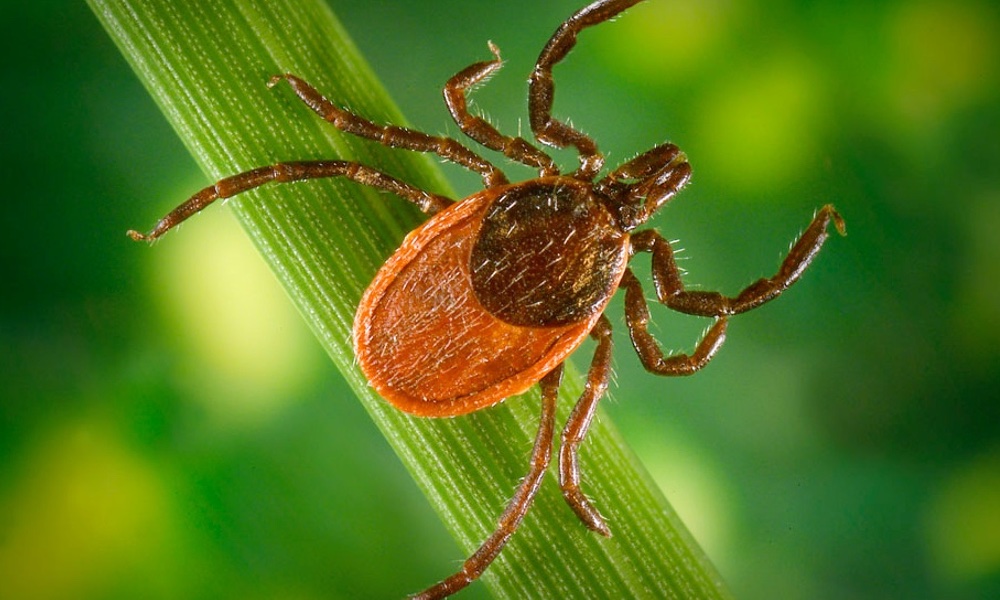Recreational marijuana use has become legal in four states — Colorado, Washington, Oregon, Arizona and the District of Columbia. Voters in other states are actively considering the issue.
As the reality of legalization unfolds, the American Academy of Pediatrics (AAP) is raising concern about the risks of marijuana to children and teens. According to an AAP policy statement updated earlier this year, campaigns for legalization may minimize the evidence that marijuana is harmful to children and adolescents, even though this has been supported by extensive research.
More recently, a commentary published in the journal Pediatrics suggests that policies to protect kids now that pot is becoming more readily available need to take into account the lessons learned from efforts to control access to cigarettes and alcohol.Marijuana can have long lasting effects on behavior, mental health, judgment, and other neurobiologic functions.
Other effects, such as changes in muscle control, coordination, judgment, and reaction time have also been reported. These side effects, though short-term, can contribute to accidental injury and death, especially from car accidents or risk-taking behavior.
Marijuana use can cause an increase in psychosis in those who have a predisposition to schizophrenia.
There are long-term effects as well. Smoking marijuana can damage the lungs. Because brain connections are still developing into the mid-twenties, exposure of immature brain tissue to marijuana can have long lasting effects on behavior, mental health, judgment, and other neurobiologic functions.
The younger an adolescent begins using marijuana, the more likely he or she is to develop an addiction in adulthood.
“The early days of marijuana legalization present a unique window of opportunity to create a regulatory environment that minimizes youth access,” Brendan Saloner, the leader of the study and an assistant professor in the Department of Health Policy and Management at the Bloomberg School of Public Health, said in a statement.
States should pay attention to lessons learned from tobacco and alcohol regulation, he added.
In their commentary in Pediatrics, Saloner and his colleagues have some suggestions for regulating marijuana use:
-
1. Use tax policy to keep prices high. Teens have less money than adults and high prices have been shown to decrease their purchases of cigarettes. The researchers reason that higher marijuana prices could have a similar effect and help keep sales to teens down.
2. Regulate the retail availability of marijuana so that teens cannot buy it as readily as they have been able to purchase cigarettes and alcohol. There are several approaches to this goal: Increase the penalties on those who sell marijuana to underage buyers; monitor marijuana vendors for compliance with age restrictions; do not allow marijuana retailers to locate their stores near schools or playgrounds. The researchers also recommend restricting stores that sell marijuana from selling other products, so there would be no “legitimate reason” for an adolescent to enter a store where marijuana was sold.
3. Take strong measures to avoid the accidental ingestion of marijuana by children. This is especially a risk when marijuana is included in foods products such as baked goods and candy that are appealing to children. Policies should also be in place to make sure that marijuana is dispensed in childproof packages that are clearly labeled.
4. Control marketing. Studies have shown that when alcohol and cigarette advertising are viewed by children and teens, their attraction to, and use of the products, increases. Thus, preventing marketing of marijuana to the underage population could decrease its allure. Other policies might prevent the use of images such as cartoon characters and toys that might attract children and teens to help reduce their appeal to kids, a lesson learned from cigarette and alcohol advertsing.




